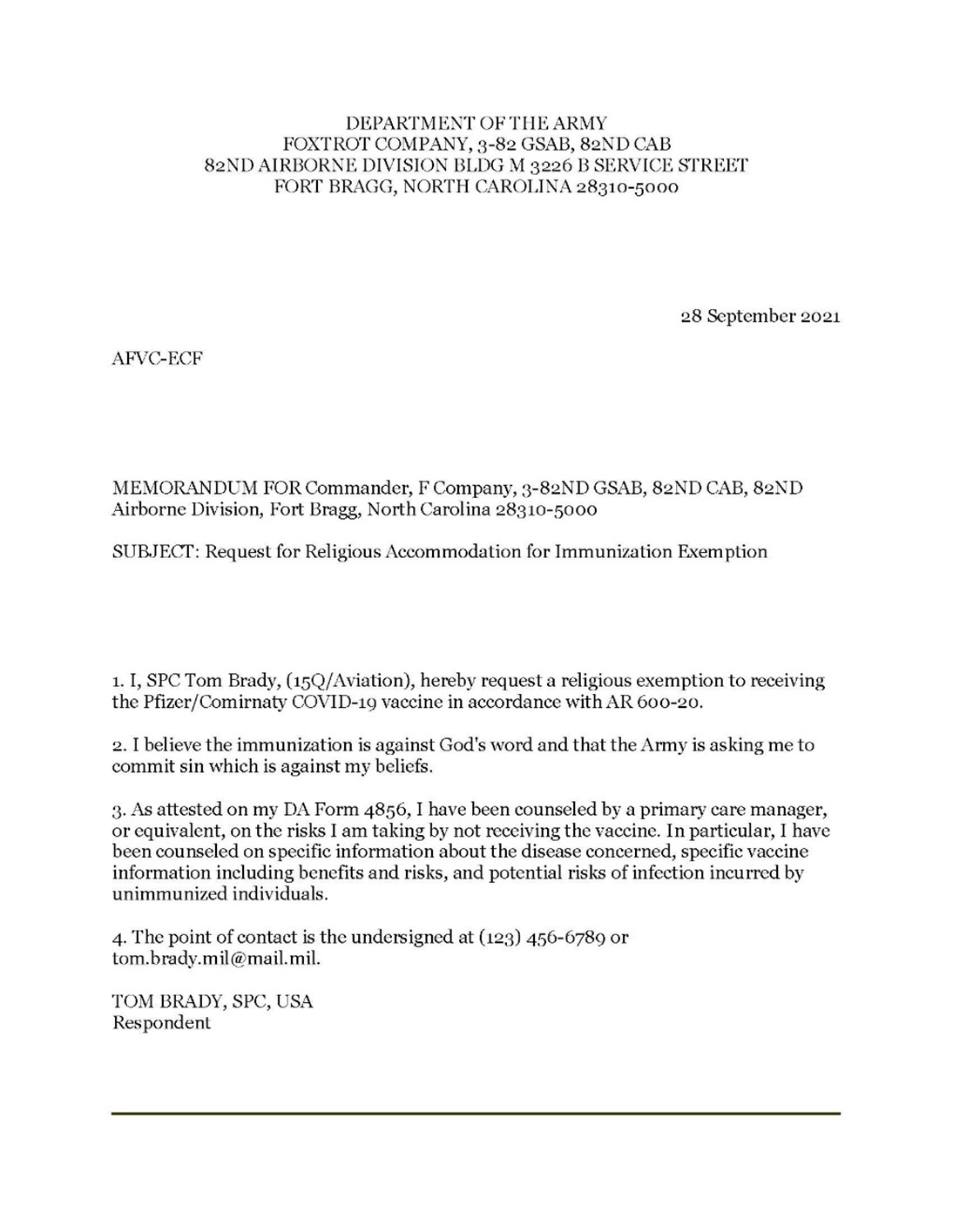How Does Corporate Culture Impact Technical Writing Decisions?
Imagine coming to work on Halloween all dressed up in your most elaborate or dramatic costume, only to find that despite being under the impression everyone would dress up, no one did. Except you. That feeling is much like the impact of writing or communicating in ways that are not aligned with corporate culture. Even if your intention was honorable, the impact is the same. Granted, fitting in is overrated and not always ideal in any situation, social or corporate, but at least having a basic understanding of corporate culture enables writers to make rhetorical decisions capable of creating their desired impact.
When writing within the context of company culture, it’s important to consider what to write, and to whom, and how. Like culture in general, organizational cultures fall somewhere on a spectrum ranging from high-context to low-context. The spectrum is based on
five categories: how people relate to each other, how they communicate with each other, how they treat space, how they treat time, and how they learn. Few cultures, and the people in them, are totally at one end of the spectrum or the other. They usually fall somewhere in between and may have a combination of high and low context characteristics. (Hall, 1993)
For instance, is your company’s culture formal or structured such that you need to fill out forms and follow protocol for basic communication? The United States Military is a good example of a formal and structured high-context culture where protocols exist for everything from acronyms used to chain of communication to genres of writing that are acceptable. A U.S. Army writing protocol, for instance, specifies the main forms of communication are memorandums, operations orders (known as OPORDs), and endorsements, which may be defined as a signature, letter, or statement that sanctions or approves the products, services, or enterprises of a non-governmental entity or individual. These endorsements have come under public scrutiny as ethical conundrums when, for example, there are high-stakes public military endorsements of Presidential candidates (Ackerman, 2016). Army protocol for organizing documents, including memos, is to follow a formula known as BLUF (bottom line up front), requiring you to state the main point right at the beginning, then fill in the details as needed (ROTC, 2017). This strategy could backfire in a traditional business context, particularly for memos delivering difficult or challenging news. In keeping with its general formality, the Army has its own letterhead for all communications.

In contrast, within smaller-size workplace cultures, low-context and/or less formal workplace cultures, writing decisions embody an entirely separate set of expectations. Some company cultures include social networking and informal communication such as group chat spaces and texting to create a shared culture of collegiality capable of relaying information casually, quickly, and efficiently. Companies may also use social media for recruitment, employee engagement, external communication (including brand promotion), knowledge sharing and collaboration (Managing and Leveraging Workplace Use of Social Media, 2022). Like all corporate communication, social media interactions demand proper protocol based on cultural context. Employers also often scrutinize personal social media accounts (Cotriss, 2022).
Similarly, emails are an important genre of technical communication that are highly influenced by the company culture in which they are created. Format, tone, style, and editing are all influenced by the beliefs and values unique to each organization. Ignoring or disregarding cultural expectations can cost writers a great deal. How do you know whom to email? Some workplace cultures expect you to go through the chain of command, beginning with your immediate supervisor, before emailing the CEO. What happens if you make a mistake? Does the culture allow you to send a corrected email? How are emails sent within the company different than those outside the company? What if you need to send a negative email? Corporate culture impacts our rhetorical decisions, both large and small. Although ubiquitous in most people’s personal inboxes, emails in the workplace should be taken seriously and composed with care. This includes, of course, emails sent within the context of higher education, which seems low-context compared to the Army, but still . . .
“I Accidentally Sent My Potential Future Boss A Picture Of Nic Cage Rather Than My Cover Letter + Resume, Which Was A Zip File Titled With A Bunch Of Numbers Like The Jpg I Accidentally Attached Oh My God”


